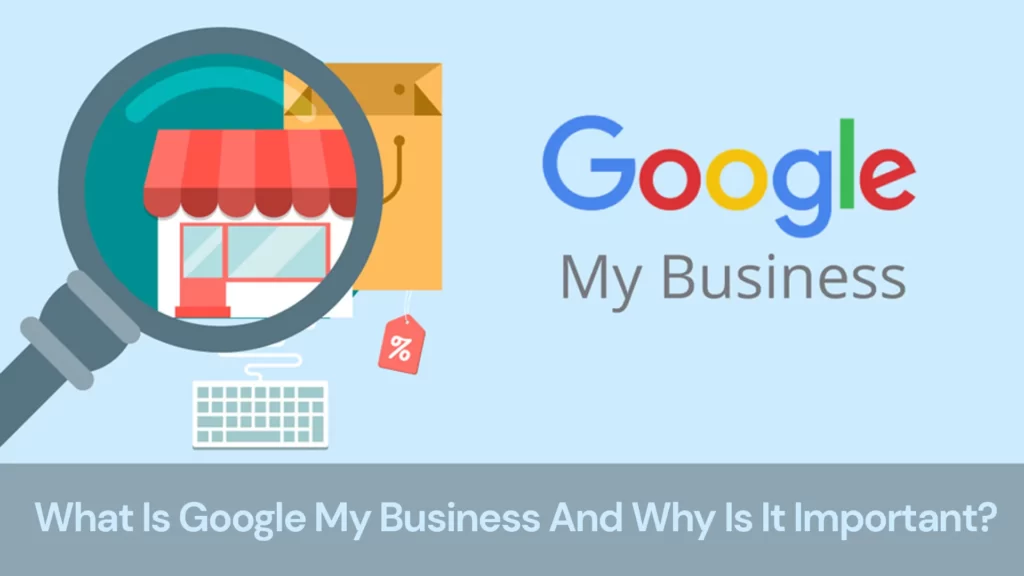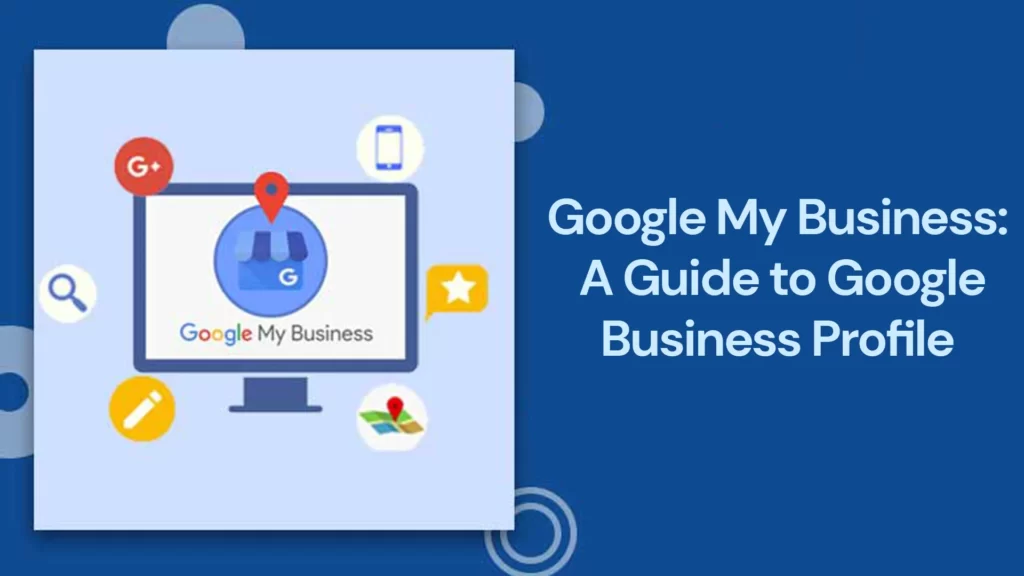Finding out ways on how to attract more visitors to people’s websites has forced both B2C and B2C companies to overemphasize content development and the use of SEO techniques. However, it is advisable to acknowledge the fact that up to 45% of a site’s traffic is not a result of direct clicks but rather from social media, pay-per-click, or other links.
Due to the ever-evolving Google SERP features, an excellent solution for targeted traffic acquisition becomes critical to any company. Therefore, the companies and their marketing departments need to concentrate on traffic optimization, which implies the necessity of not pinning their hopes on only organic traffic.
1. Optimize for Google’s Latest Algorithm Updates
Algorithms used at Google are not rigid but rather continue to evolve in such a way that users will be presented with better result options. It is for this reason that one has to educate themselves about these changes to avoid falling short of the requirements. Here are a few key areas to focus on:
A. Core Web Vitals
So, we can state that the Core Web Vitals is a term that describes several certain values that characterize the speed, interactivity, and stability of the visible part of the content. These metrics are crucial for user experience and are a significant ranking factor:
- Largest Contentful Paint (LCP): Being a capacity measure it measures the performance of measures. Ideally, LCP should take place in the first 2 hours. It triggers at the time that the webpage has just begun loading, specifically at 5 seconds.
- First Input Delay (FID): Covers the idea of interactivity. The objective for FID should target less than one hundred milliseconds.
- Cumulative Layout Shift (CLS): Checks how consistently it directs itself back to neutral. The desired CLS score should be below 0.1.
B. Mobile-First Indexing
Since most of the users are using their mobile devices to search, Google primarily indexes and ranks the mobile version of the presented content. Ensure your site is mobile-friendly by:
- In addition to creating its web design to be mobile friendly by being optimized to fit well on small screens.
- Making the pages load much quicker when opened on a mobile device.
- Streamlining the manner of finding items and guaranteeing the ease of clicks on buttons and links.
C. E-A-T: Expertise, Authoritativeness, Trustworthiness
Google prioritizes content that demonstrates high levels of E-A-T:
- Expertise: In this case, a writer should try to be as informative as possible, about the topic under discussion. This can be done by having well-researched reliable material and also associating oneself with credentials.
- Authoritativeness: Gather backlinks from trustworthy sources, contribute to other popular blogs and web platforms, and get mentioned in relevant news releases.
- Trustworthiness: Make sure your website is safe (use HTTPS), has a written policy regarding the privacy of the users and contains the ways to contact you.
2. Leverage Content Marketing
Content remains king. Quality is central; the quality of content draws traffic and motivates them to dwell there longer. Here are some content marketing strategies:
A. Blogging
It is established that the continual posting of online articles on current issues over a relevant Blog can help create traffic. Here’s how to maximize your blogging efforts:
- Keyword Research: After coming up with these, use the Google Keyword Planner, Ahrefs, or SEMrush to determine the significant topics and keywords your audience may be searching for. Prioritize using long-tail keywords because such keywords are not very popular hence attracting fewer freelancers.
- Content Quality: It is about producing useful, detailed, and informative content for the readers. When reporting the news, incorporate different areas such as text, images and anything to do with multimedia to keep the readers interested.
- Consistency: It has been seen that if one posts regularly, then he or she can retain the audience thus it is advisable to post daily. Being consistent helps the target audience form a habit of visiting a site at given intervals hence they will be loyal patrons.
B. Video Content
Being a type of media, video is constantly evolving and the years have shown new changes. Create engaging videos that provide value to your audience:
- Educational Videos: Help articles, guides or instructive videos will likely draw users, who are actively seeking certain information.
- Product Demos: Provide your viewer with examples of your products or services in use, as this will give the client an idea of the utility that they will reap from your services.
- Live Streams: Advertise your live office opening hours, seminars and conferences or just want to show some interesting shots to your audience.
C. Infographics
Another example of the topical style of presentation of the material is an infographic that makes it easier to perceive difficult numbers. They are highly shareable and can drive traffic through social media and backlinks:
- Data Visualization: Infographics should be used to make the data more digestible and appealing by transforming the data into a form of images that the target audience could easily understand. This could ultimately make your content more consumable to the users as well as be shared on other social networks and to friends.
- Storytelling: The best strategy that an individual can adopt when designing an infographic is to give it a spirit, or in other words, tell a story. This may also grab the attention of the audience and ensure that they can retain the information that is passed to them.
3. Utilize Social Media Platforms
As such, to my understanding, social media is the most efficient way of generating traffic. Here’s how to make the most of it:
A. Choose the Right Platforms
This appears to be a good way of fixing on sites that your target group is most likely to frequent. Whether it’s Facebook, Instagram, LinkedIn, or TikTok, tailor your content to each platform’s strengths:
- Facebook: It is suitable for sharing all kinds of content material including articles, videos, and infographics. Alternate with Facebook Groups to be part of specific groups of interest.
- Instagram: Ideal for static images.To maximize reach, post on Instagram Stories and Reels.
- LinkedIn: Most suitable for B2B marketing The filter provides accurate results on the materials required for the project. I use it to share materials that are related to my profession, updates on the occupation, and interact with other professionals.
- TikTok: Recommended for short encouraging and educational material. Hashtags and challenges that are frequently used should be incorporated for visibility.
B. Engage with Your Audience
Interacting with your followers is key to building a loyal community:
- Respond to Comments: Try and get your viewers involved, especially when you respond to what they have commented on your posts, just to let them know you do appreciate it.
- Join Conversations: This involves expressing opinions on the matters of interest in a group or a forum for the group. It can be of help in locking your target market and also in popularizing your site among the target population.
- Host Contests and Giveaways: Other techniques that consumers can be involved in and which should make them share your posts with the other consumers include the use of contests or free promos.
C. Paid Advertising
Consider using paid social media ads to reach a broader audience:
- Targeting Options: Utilize such targeting aspects which are available on the platforms like Facebook Ads, Instagram Ads where customers can be targeted based on age, gender, and their interests.
- Ad Formats: The options are, carousel ads, video ads, and sponsored posts; you should try them out to see what captures the attention of the audience.
- Analytics: Check the effectiveness of the ads and make the necessary changes depending on the results.
4. Implement SEO Best Practices
The specific method concerns the augmentation of the rank and presence, in such SERPs, which play an important role in the generation of organic traffic. Here are some essential SEO practices:
A. Keyword Optimization
Conduct thorough keyword research and incorporate relevant keywords naturally into your content:
- Primary Keywords: Primary keywords should be put in the title and headers and/or in the meta tags or in the body section of the website.
- LSI Keywords: Optimize for Latent Semantic Indexing (LSI) keywords, which are related words that enable search engines to identify the gist of content.
- Long-Tail Keywords: Focus on phrases that are as precise as possible and, most of the time, are less popular among other SEO competitors.
B. On-Page SEO
Optimize on-page elements to improve your search engine rankings:
- Title Tags: It is recommended that you have well-appealing title tags and use the specific keyword in the title tags to depict the material of the site.
- Meta Descriptions: As a good point in eCommerce, a site should have written meta description tags that would create Click Magnetism.
- Headers: In case your content is long, use header tags (H1, H2, H3) to enable the visitors to follow your developing threads easily.
- Image Alt Texts: Always ensure that alt attributes are applied and descriptive on images to enhance access to those with disabilities, and to help the search engines in the interpretation of the content.
C. Link Building
Acquire high-quality backlinks from reputable websites:
- Guest Blogging: Create blog guest posts for highly rated blogs in your niche. This could be advantageous in that you get exposure and backlinks.
- Partnerships: Partner with other businesses or influencers and make content and backlinks to each other.
- Content Marketing: Produce information graphics, research reviews or any other extensive articles that people will wish to link to and present to other people.
5. Harness the Power of Email Marketing
Email marketing falls under the direct marketing technique since it directly reaches out to the audience. Here is how to build and maintain an email list to drive traffic and conversions:
A. Offer Valuable Content
Provide exclusive content, discounts, or resources to encourage sign-ups:
- Lead Magnets: Share eBooks, checklists or webinars and email them in exchange for the subscribers’ email addresses.
- Exclusive Content: Include your subscribers in special offers, for example, tips dear to your heart, the latest products that are about to hit the market, or even a discount.
B. Personalization
Use personalization to make your emails more relevant:
- Segmentation: Target the users for different demographics, interests or behaviors to follow with the more appropriate emails.
- Personalized Content: At least, use the recipient’s name and pass the content to suit his interests.
C. Consistent Communication
Send regular newsletters and updates to keep your audience engaged:
- Newsletter Frequency: It is also important to choose a frequency of such meetings, for example, weekly, bi-weekly, or monthly and strictly follow it.
- Content Variety: This shall involve posting of a variety of content including blogs, new products, and services, industry news and special offers.




